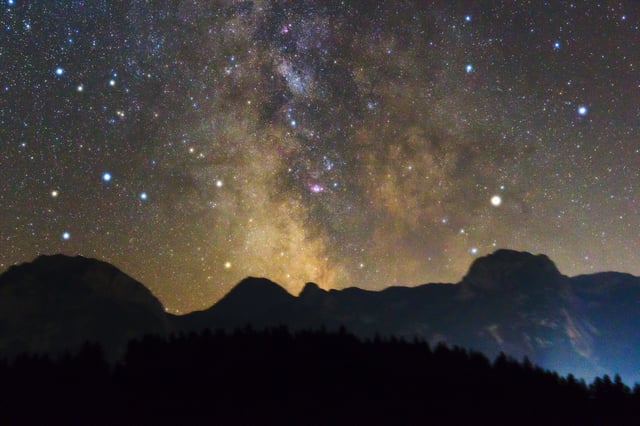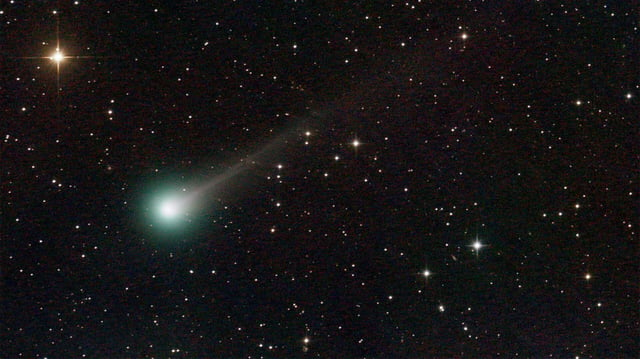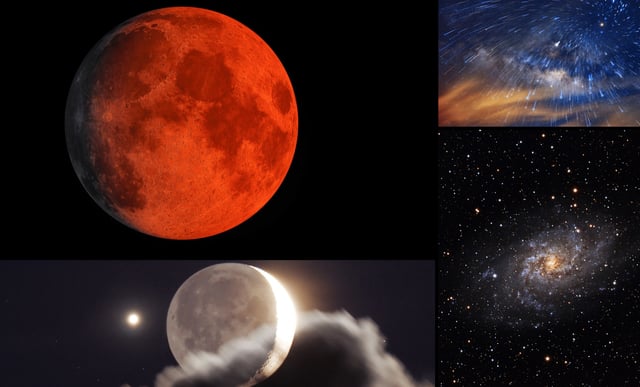Overview
- The Moon reaches peak fullness at 11:49 p.m. EDT on Monday, Oct. 6 (4:48 a.m. BST on Tuesday, Oct. 7), and will look full for multiple nights.
- Best views come at moonrise shortly after sunset when it appears on the eastern horizon; typical U.S. moonrise is around 6:30 p.m. on the East Coast, 6:45–7:00 p.m. in the Midwest, and about 6:45 p.m. on the West Coast, with the horizon “moon illusion” enhancing its apparent size.
- It qualifies as a supermoon because it is near perigee—perigee occurs Oct. 8, about 38 hours after peak—bringing the Moon to roughly 224,599 miles from Earth and making it appear up to about 14% larger and 30% brighter than at apogee.
- This is the latest Harvest Moon since 1987, so named because it is the full moon closest to the September 22 equinox rather than tied to the calendar month.
- Early October also features a close Moon–Saturn pairing around Oct. 5–7 and the Draconid meteor peak on Oct. 8 (with moonlight likely reducing faint meteors), with Comet C/2025 A6 and the Orionids around Oct. 21 and additional supermoons on Nov. 5 and Dec. 4.



